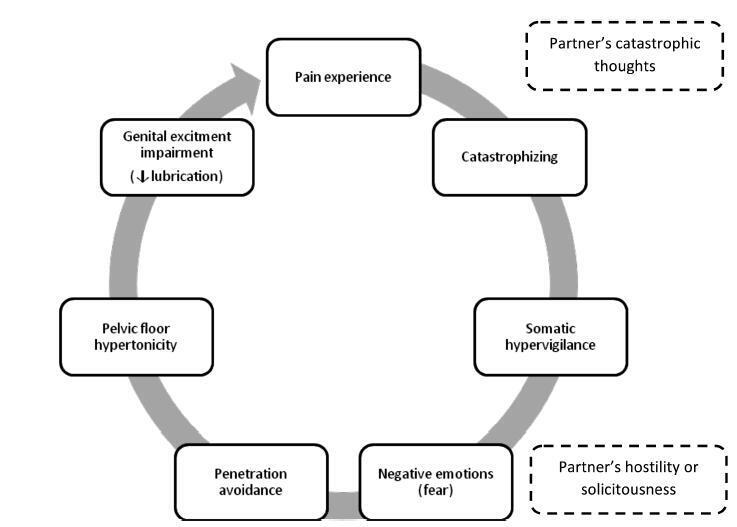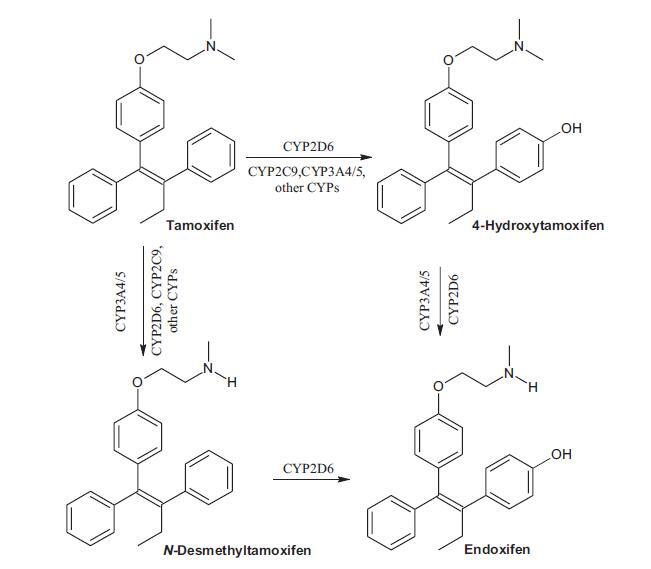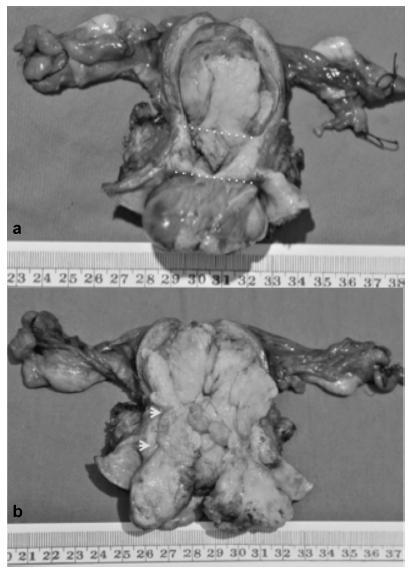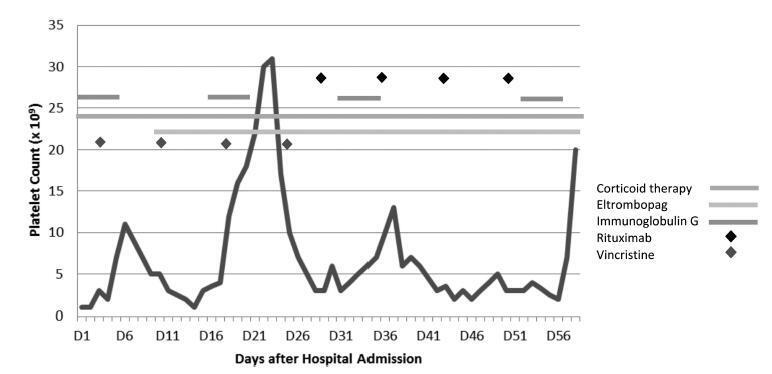Summary
Revista Brasileira de Ginecologia e Obstetrícia. 2018;40(12):787-793
Genito-pelvic pain/penetration disorder (GPPPD) can be an extremely bothersome condition for patients, and a tough challenge for professionals regarding its assessment and treatment. The goal of the present paper is to review the etiology, assessment, and treatment of GPPPD, especially focusing on the cognitive aspects of the disease and cognitive-behavioral treatment options, through a non-systematic review of articles indexed to the Medline, Scopus and Web of Science databases, using the following MeSH queries: pelvic pain; dyspareunia; vaginismus; vulvodynia; and cognitive therapy. Altogether, 36 articles discussing the etiology, diagnosis and management of GPPPD were selected. We provide an overview of GPPPD based on biological, psychological and relational factors, emphasizing the last two. We also summarize the available medical treatments and provide strategies to approach the psychological trigger and persisting factors for the patient and the partner. Professionals should be familiarized with the factors underlining the problem, and should be able to provide helpful suggestions to guide the couple out of the GPPPD fear-avoidance circle.

Summary
Revista Brasileira de Ginecologia e Obstetrícia. 2018;40(12):794-799
Tamoxifen (TMX) is the main drug used both in pre and postmenopausal women as adjuvant treatment for hormone receptor-positive breast cancer. An important barrier to the use of TMXis the development ofdrug resistance causedby molecular processes related to genetic and epigenetic mechanisms, such as the actions of cytochrome P450 2D6 (CYP2D6) polymorphisms and of its metabolites. The present study aimed to review recent findings related to the impact of CYP2D6 polymorphisms and how they can affect the results of TMX in breast cancer treatment. The keywords CYP2D6, tamoxifen, and breast cancer were searched in the PubMed, Scopus, The Cochrane Library, Scielo, and Bireme databases. Studies related to other types of neoplasms or based on other isoenzymes from cytochrome P450, but not on CYP2D6, were excluded. The impact of CYP2D6 polymorphisms in the TMX resistance mechanism remains unclear. The CYP2D6 gene seems to contribute to decreasing the efficacy of TMX, while the main mechanism responsible for therapy failure, morbidity, and mortality is the progression of the disease.

Summary
Revista Brasileira de Ginecologia e Obstetrícia. 2018;40(12):800-802
To describe a case of radiation-induced uterine carcinosarcoma 6 years after a cervical squamous cell carcinoma treatment, which imposed some diagnostic and management challenges.
A 57-year-old woman with a history of pelvic chemoradiotherapy ~ 6.5 years before the event described in this study, following an International Federation of Gynecology and Obstetrics (FIGO) stage IIB cervical cancer, presented with a cervical mass, involving the uterine cavity, the cervical canal and the upper two thirds of the vagina. The biopsy showed a poorly differentiated carcinoma, and a positron emission tomography (PET) scan excluded distant metastasis, although it was unable to define the origin of the tumor as either a new primary malignancy of the endometrium/cervix or as a cervical recurrence. Surgical staging procedure was performed, and the diagnosis was endometrial carcinosarcoma, FIGO stage IIB. The patient was not able to complete the adjuvant therapy, and the progression of the disease was remarkable.
The present case highlights one of the less common but more serious consequences of radiotherapy for cervical cancer, which has an increasing incidence in younger women, raising concerns about the long-termconsequences of its management.

Summary
Revista Brasileira de Ginecologia e Obstetrícia. 2018;40(12):803-807
Thrombocytopenia is the most common hemostatic change in pregnancy, but severe thrombocytopenia is rare. One of the causes, immune thrombocytopenic purpura (ITP), is characterized by increased platelet destruction by immunoglobulin G (IgG) antibodies, presenting a high risk of hemorrhage for the patient, but also for the fetus, since antibodiesmay cross the placenta.We present the case of a 23-year-old pregnant woman with a history of Langerhans cell histiocytosis of the mandible submitted to surgery and chemotherapy when she was 10 years old, with diagnosis of ITP since then. At 28 weeks of gestation, she presented with petechiae, epistaxis, and gingival bleeding, with a platelet count of 3 x 109/L and positive IgG antiplatelet antibodies test. At a multidisciplinary discussion, it was decided to delay a cesarean section, due to the absence of fetal distress and to the high risk of morbidity for the patient. Many therapies were attempted without success. The IgG produced a slight and transient increase in the platelet count. On the 36th week of gestation, an elective cesarean section was performed. The perioperative period transfusions were guided by rotational thromboelastometry (ROTEM) monitoring. The procedure was performed under general anesthesia and videolaryngoscopy-assisted intubation. The patient was hemodynamically stable, without significant bleeding, and was transferred to the intensive care unit. The platelet count eventually decreased and a splenectomy was performed. Regional anesthesia may be contraindicated, and general anesthesia is associated with an increased risk of airway hemorrhage due to traumatic injury during the tracheal intubation and of hemorrhage associated with the surgical procedure. A multidisciplinary approach is essential in high-risk cases.
